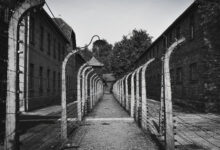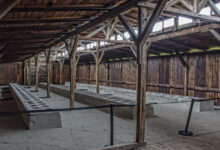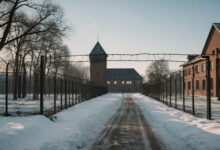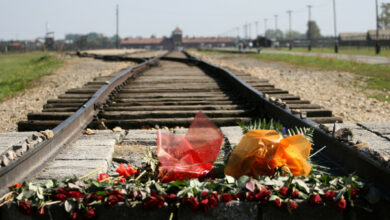Visiting the Auschwitz-Birkenau Memorial and Museum offers a profound insight into one of the most tragic periods in human history. Situated in Oświęcim in Poland, this site was once the largest concentration and extermination camp operated by Nazi Germany during World War II.
A visit to Auschwitz I and Auschwitz II-Birkenau provides a tangible connection to the events of the Holocaust, going beyond what one learns through history lessons or films. The preservation of this site serves as a poignant reminder of the atrocities that occurred and a memorial to the victims who suffered there.
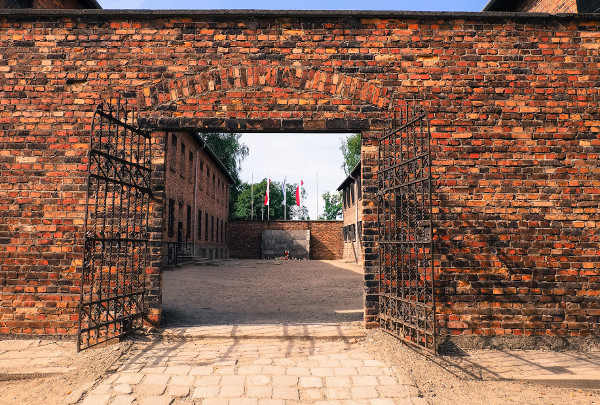
The importance of Auschwitz as a historical site cannot be overstated. As you walk through the remains of the camps, including barracks, railway tracks, and gas chambers, you engage with history in an immediate and impactful way.
The museum exhibits further educate visitors on the systematic process of the Holocaust, offering detailed narratives of the lives affected and lost.
A visit to Auschwitz challenges you to confront the depths of human cruelty, while simultaneously encouraging reflection on the resilience of the human spirit and the importance of human rights.
It is a place where you can pay respects to the victims and equip yourself with knowledge, ensuring that future generations continue to remember and learn from the past. The experience, though sombre and often harrowing, is considered an essential pilgrimage in the pursuit of historical awareness and human empathy.
Table of Contents:
Historical Context about Auschwitz
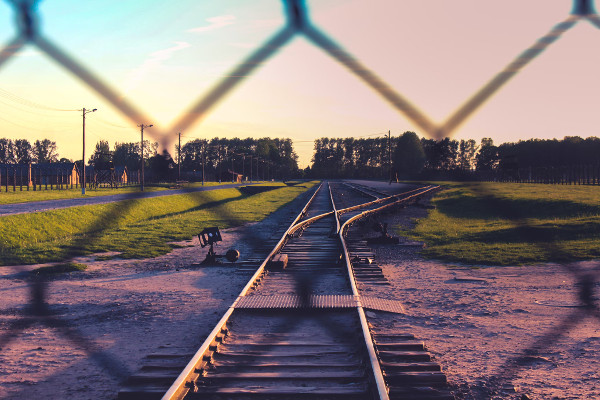
Understanding the historical context of Auschwitz is essential to comprehend the magnitude of the events that took place there. This section unravels the camp’s origins, its role during World War II, and its connection to the Holocaust’s most harrowing scheme – The Final Solution.
The Emergence of Auschwitz
Originally established for Polish political prisoners, Auschwitz evolved into a vast complex of concentration and extermination camps in German-occupied Poland.
Initiated in 1940, under the orders of Heinrich Himmler, SS-Reichsführer, it marked the start of a pernicious instrument in Nazi Germany’s machinery of death.
Auschwitz and World War II
During World War II, Auschwitz significantly expanded to include three main camps and 45 sub-camps. It became a centre where work and extermination intersected, encapsulating the Third Reich’s ruthless efficiency.
Here, prisoners endured forced labour, medical experiments, and systematic extermination, reflecting the Nazis’ grim wartime ideologies.
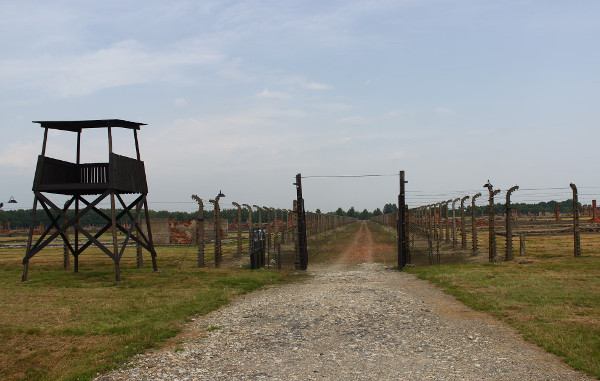
The Final Solution
From 1942 onwards, Auschwitz became central to the Final Solution, the plan orchestrated by Nazi Germany to annihilate the Jewish people.
It was the largest of the death camps where mass shootings, starvation, forced labour, and gas chambers led to the deaths of over a million, representing a dark epitome of calculated genocide during the Holocaust.
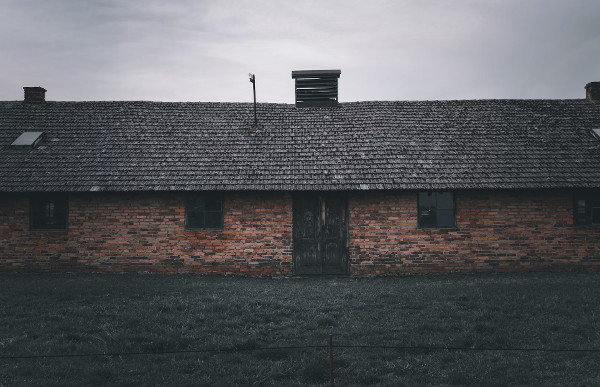
The Auschwitz Camp Complex
Your visit to Auschwitz will encompass several distinct areas that made up the complex, giving you a comprehensive view of the historical site.
Each section tells a part of the story of what occurred there, from the main camp used for imprisonment to the notorious extermination site and the various sub-camps used for forced labour.
Auschwitz I: The Main Camp
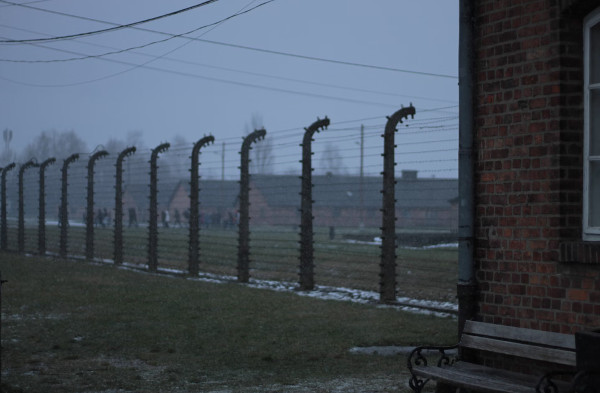
Auschwitz I served as the administrative centre of the entire complex and was primarily used as a prison. It housed the commandant’s office, the SS administration, and the prisoner barracks, which were former Polish army barracks.
As you walk through, notice the rows of barbed-wire fences that once delineated this notorious site of suffering. Initially, it functioned as a quarantine camp for Polish political prisoners, which later expanded its prisoner population to include people from across Europe.
Auschwitz II-Birkenau: Extermination Site
Auschwitz II-Birkenau was a large extermination site and had a crucial role in the Nazis’ systematic elimination of the Jewish population. The site covered 140 hectares and included four large gas chambers and crematoria designed for mass murder.
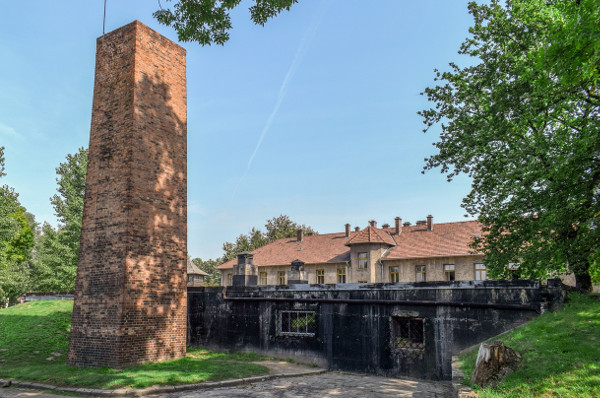
Within these confines, you’ll find the remnants of the most harrowing components of the Holocaust, including the ruins of the crematoria and the profoundly sobering memorial that marks where countless lives were tragically ended.
Sub-Camps and Further Division
Beyond Auschwitz I and Auschwitz II-Birkenau, the complex included about 40 smaller sub-camps, such as Monowitz, which were mainly used for forced labour.
These camps were spread across a wide area and were pivotal in the Nazi war effort, often housing prisoners tasked with working in nearby factories or on various construction projects. Each barrack tells a story, a fragment of the immense web of suffering and exploitation that extended throughout the complex and its sub-camps.
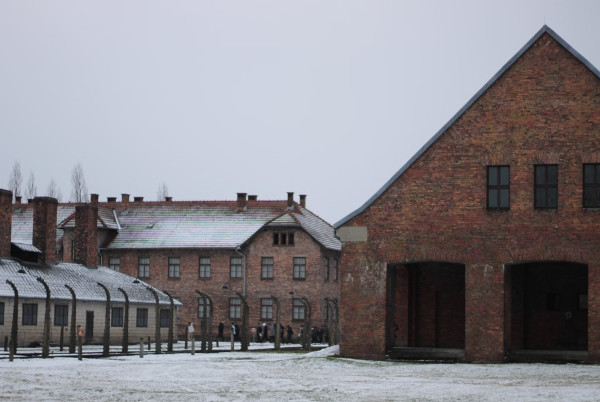
Life and Death in Auschwitz
As you explore the complex history of Auschwitz, it’s essential to understand the harrowing experience of prisoners and the chilling efficiency of the Nazi killing apparatus.

This section will walk you through the prisoners’ struggle for survival, the organised system of mass murder, and the poignant moments of liberation and what followed.
The Plight of the Prisoners
In Auschwitz, prisoners, including Polish political detainees, Roma, Sinti, Soviet POWs, and various other nationalities, faced severe hardship and brutality. Upon arrival, they were stripped of their possessions and subjected to inhumane living conditions. Children and their families were not spared from the cruelty.
The camp’s daily life was marked by starvation, forced labour, and constant abuse from the guards.
- Living Conditions: Overcrowding, rampant disease, and meagre rations defined daily existence.
- Work: Able-bodied prisoners toiled in factories or participated in gruelling construction projects.
- Treatment: Beatings, torture, and summary executions were routine, contributing to the high death toll even outside of systematic exterminations.
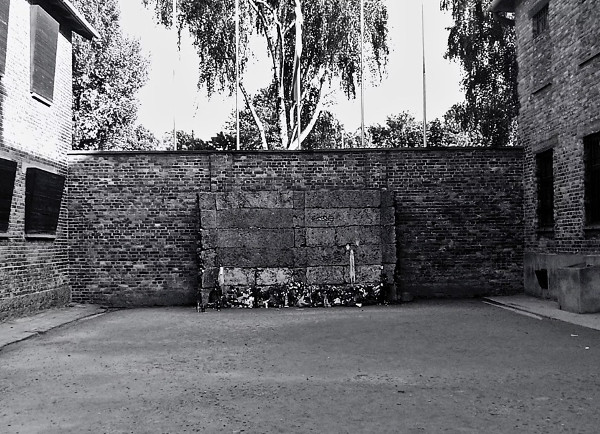
Systematic Extermination
The Nazis designed Auschwitz to be at the forefront of their extermination efforts. The introduction of gas chambers enabled mass murder on an unprecedented scale.
Zyklon B, the cyanide-based pesticide turned killing agent, was used to murder innocent men, women, and children in gas chambers disguised as shower rooms.
- Gas Chambers: Victims were coerced into so-called shower rooms, only to be exposed to lethal gas.
- Numbers: It is estimated that at least 1.1 million people, including Jewish and Roma prisoners, were murdered at Auschwitz.
Liberation and Aftermath
You learn that liberation came in January 1945 when Soviet troops entered Auschwitz, but for many prisoners, it was too late. The survivors were confronted with the challenge of rebuilding their shattered lives amidst the tattered remnants of Europe post-Holocaust.
- Liberation Day: Soviet forces arrived at Auschwitz on 27 January 1945, discovering survivors amid shocking evidence of mass murder.
- Survivors: Those who endured the concentration camps often faced long-term psychological and physical issues, even as they contributed to the legacy of memory and justice.
Preserving History
When you visit Auschwitz, you engage directly with historical authenticity and the imperative to keep the memory of past atrocities alive as an education for future generations.
Read also:
- Arbeit Macht Frei Meaning
- Auschwitz Tour January
- Auschwitz Tour February
- Book Trip to Auschwitz
- Can You Visit Auschwitz from Krakow?
- How to Get to Auschwitz
- How to Prepare for Auschwitz Tour
- Krakow Auschwitz Distance
- Tickets to Auschwitz
- Was Treblinka Worse than Auschwitz?
- What Do I Need to Know Before Going to Auschwitz?
- What not to do at Auschwitz
Auschwitz-Birkenau as a Memorial
Auschwitz-Birkenau stands as a sombre memorial to the individuals who lost their lives within its confines. It serves as a stark lesson in history, embodying a call to remember and to teach the values of freedom and hope.
As you walk through the site, guided by knowledgeable Auschwitz Memorial guides, you not only learn about historic events, but you’re also reminded of the resilience of the human spirit. Read also How Much is the Entry Fee for Auschwitz?
Conservation Efforts
The conservation of Auschwitz is a delicate operation that marries respect for its original state with the need to preserve it for future learners.
Rigorous efforts are underway to maintain the site’s integrity, including the restoration of structures and the safeguarding of ruins. This careful management ensures that the authenticity of the memorial remains intact, allowing you to experience the site much like it was, whilst providing a powerful history lesson.
- Structural Restorations: Including the preservation of 155 buildings.
- Protection of Ruins: Over 300 ruins, including gas chambers and crematoria, are conserved.
Auschwitz Museum Collections
The Auschwitz Museum houses an extensive collection that tells the harrowing story of the camp’s inmates. Here, items such as personal possessions of the victims are on display, offering a tangible connection to those who suffered.
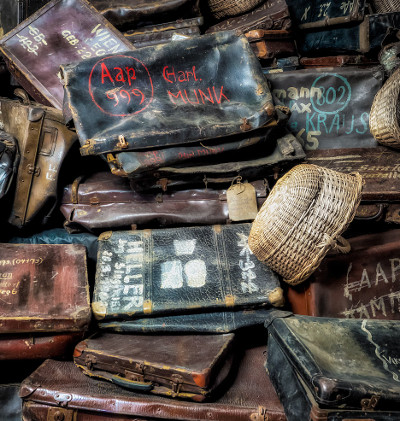
The collections serve not just as a tool for education but also as a commemoration of the resilience and hope that persisted amidst the darkest times.
- Exhibits: Personal items, official documents, and photographs. Room of hair and room of shoes
- Education Programmes: Providing historical lessons to diverse audiences.
The Visitor Experience
Visiting Auschwitz-Birkenau is a powerful and solemn experience that requires careful planning and respect. Your journey through one of history’s darkest periods will be both educational and harrowing.
Planning Your Visit
To visit the Auschwitz-Birkenau Memorial, booking in advance is essential to ensure entry.
Admission is without charge, but should you require a guide-educator, fees are applicable. The memorial is near Oświęcim, approximately 1.5 hours from Krakow by car.
Take into account that security measures are strict, and backpacks and handbags may be subject to restrictions or security checks. Utilise the official website to verify rules and plan transportation accordingly.
Auschwitz Guided Tours and Education
Opting for a Auschwitz guided tour can significantly enhance your understanding.
Guides are professionally trained to navigate the grounds, including places lined with barbed wire and ruins reflecting the camp’s grim dimensions.
Reserve a guide or join an organised tour in your preferred language, choosing between individual and group options.
Note that study tours led by an educator are tailored to deeply explore the historical context.
Respect and Conduct
Visitors are reminded to approach the site with the utmost solemnity. Respectful conduct is required at all times.
Whilst on-site, adhere closely to the rules for visiting: keep noise to a minimum, and do not touch or climb on any structures. Read also What not to do at Auschwitz and Auschwitz Dress Code
Follow all guidelines provided by the Memorial’s administration, preserving the dignity of the place and those it commemorates.
Influence on Modern Culture
Your understanding of the Holocaust’s impact on modern culture is deepened through its portrayal in literature, film, and the ongoing discourse on human rights. These mediums ensure the atrocities are neither forgotten nor repeated.
Literature and Memoirs
You have witnessed the profound power of written words in conveying the horror of Auschwitz. Memoirs like Primo Levi’s If This Is a Man and Elie Wiesel’s Night offer personal accounts that bridge the gap between historical events and their human impact.
Their works shed light on the reality of Auschwitz, battling against both denial and the passage of time.
Primo Levi: If This Is a Man (Known as Survival in Auschwitz in the US)
- Highlights the degradation and cruelty faced by inmates.
- Thwarts anti-Semitic ideology by humanising the tragedy.
Elie Wiesel: Night
- Depicts his own experience, enhancing education on the Holocaust.
- Challenges racism and advocates for the remembrance of those lost.
Film and Media Coverage
Your perception of Auschwitz and its historical significance is further shaped by its representation in film and media.
Steven Spielberg’s film Schindler’s List, poignant in its stark black and white cinematography, has left an indelible mark on how society remembers the Holocaust.
Spielberg also established the USC Shoah Foundation, which records and preserves survivor stories, thus contributing significantly to Holocaust education and combating the risk of denial through a vivid recounting of personal experiences.
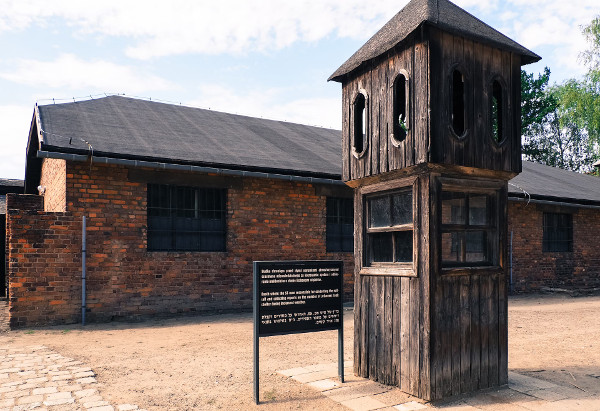
Ongoing Importance
You can’t overlook the crucial role Auschwitz plays in modern discussions about human rights. Visits to Auschwitz introduce you to the physical evidence—the personal belongings of victims—that corroborates historical accounts.
Education programmes centred on Auschwitz confront the uncomfortable truths of racism and its consequences, fostering dialogue designed to prevent similar tragedies.
Visits to the site offer you:
- A tangible connection to the events that words and images alone can’t fully capture.
- An unfiltered view into the systematic cruelty of the Holocaust, underscoring the harsh reality beyond mere historical data.
Ethical Considerations
Visiting Auschwitz is a profound act that carries significant ethical weight. Your visit connects you with the historical truths of the Holocaust and insists on an attitude of respect and solemnity.
Commemoration and Remembrance
You have a responsibility to honour the memory of those who suffered in the Holocaust. Auschwitz stands as a memorial site where you can pay your respects to the victims.
Commemoration involves participating in ceremonies or leaving tributes, thereby ensuring that the magnitude of the atrocities is never diminished in public memory.
Educational Significance
Your education about the Holocaust’s complex history gains a new dimension at Auschwitz. Authenticity is key; experiencing the physical site adds a tangible context to the knowledge you’ve acquired from books and documentaries.
By engaging with factual exhibitions and listening to survivors’ testimonies, you maintain the educational imperative of Holocaust history.
Confronting Denialism
Faced with the authentic site of Auschwitz, denialism’s fallacies are starkly challenged.
It’s your ethical duty to confront and reject Holocaust denial and to spread awareness of historical truths.
Your visit serves as a personal testament to the realities of the past, reinforcing the global commitment to “Never Forget”. Read also article Why visit Krakow?
